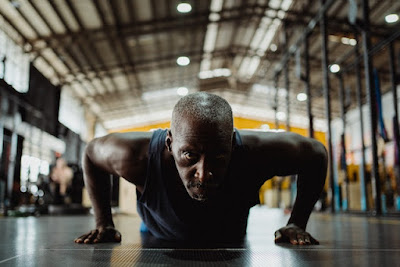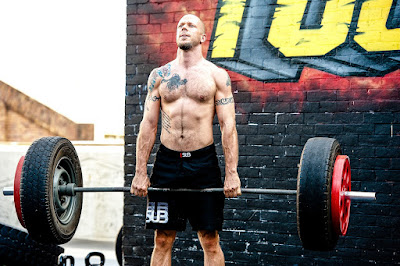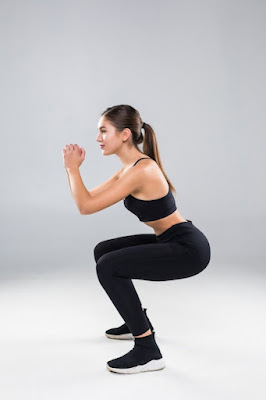THE OLD STANDBY....THE PUSH UP!

In the quest for the perfect workout routine, many people overlook the basics. One of the most effective strength training exercises is the pushup. You probably first encountered it in grade school gym class without realizing its true value. Today, pushups are sometimes underestimated, seen as a last resort when you can't go to the gym. But they offer numerous benefits, and it's essential to understand which muscles they target. Pushups primarily work the chest, triceps, shoulders, core, and upper back. When performed with proper form, they provide an excellent upper-body workout. As you lower your body and push back up, various muscle groups come into play. Your shoulders and triceps get activated, and maintaining full-body tension engages your core. The beauty of pushups lies in their versatility, accessibility, and scalability. There are many pushup variations to challenge your muscles in different ways. You don't need any equipment, and you can adjust the difficulty a...



